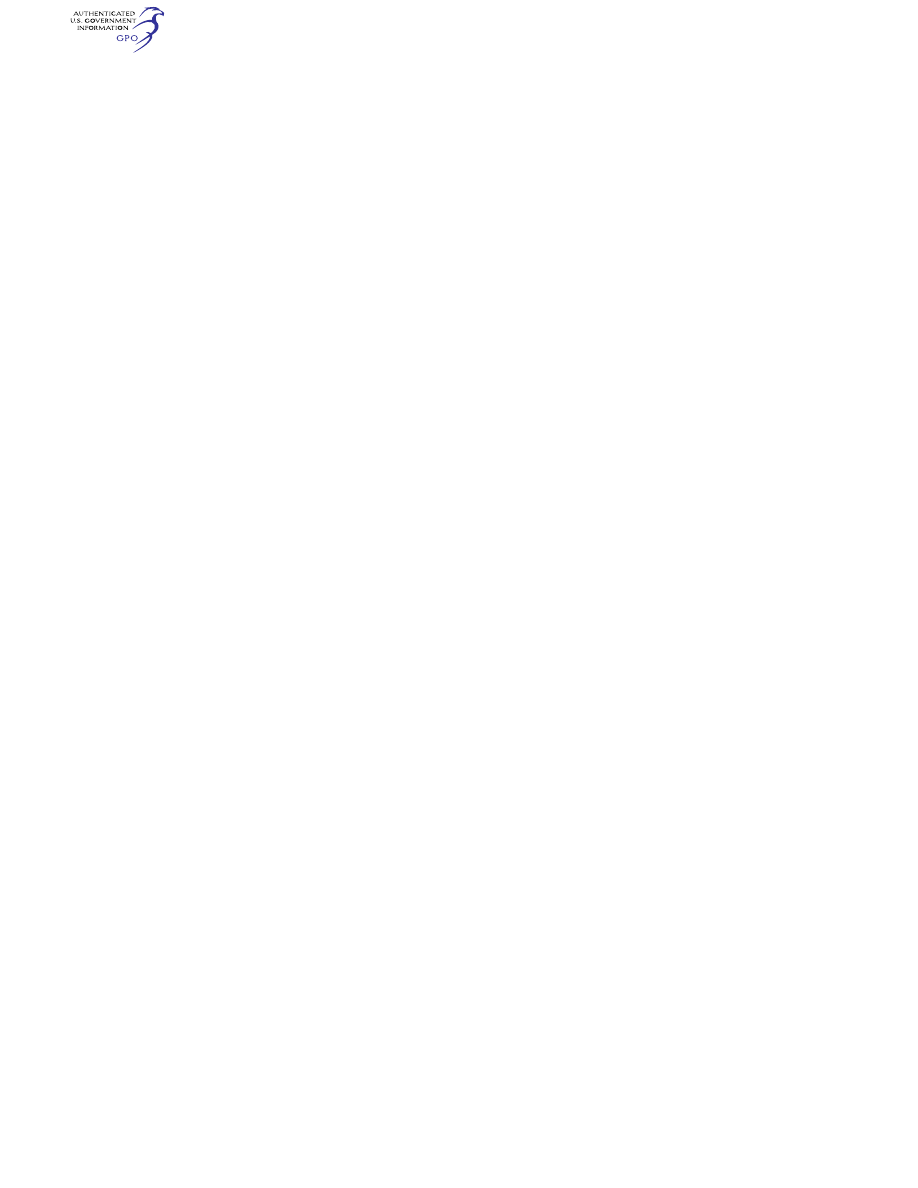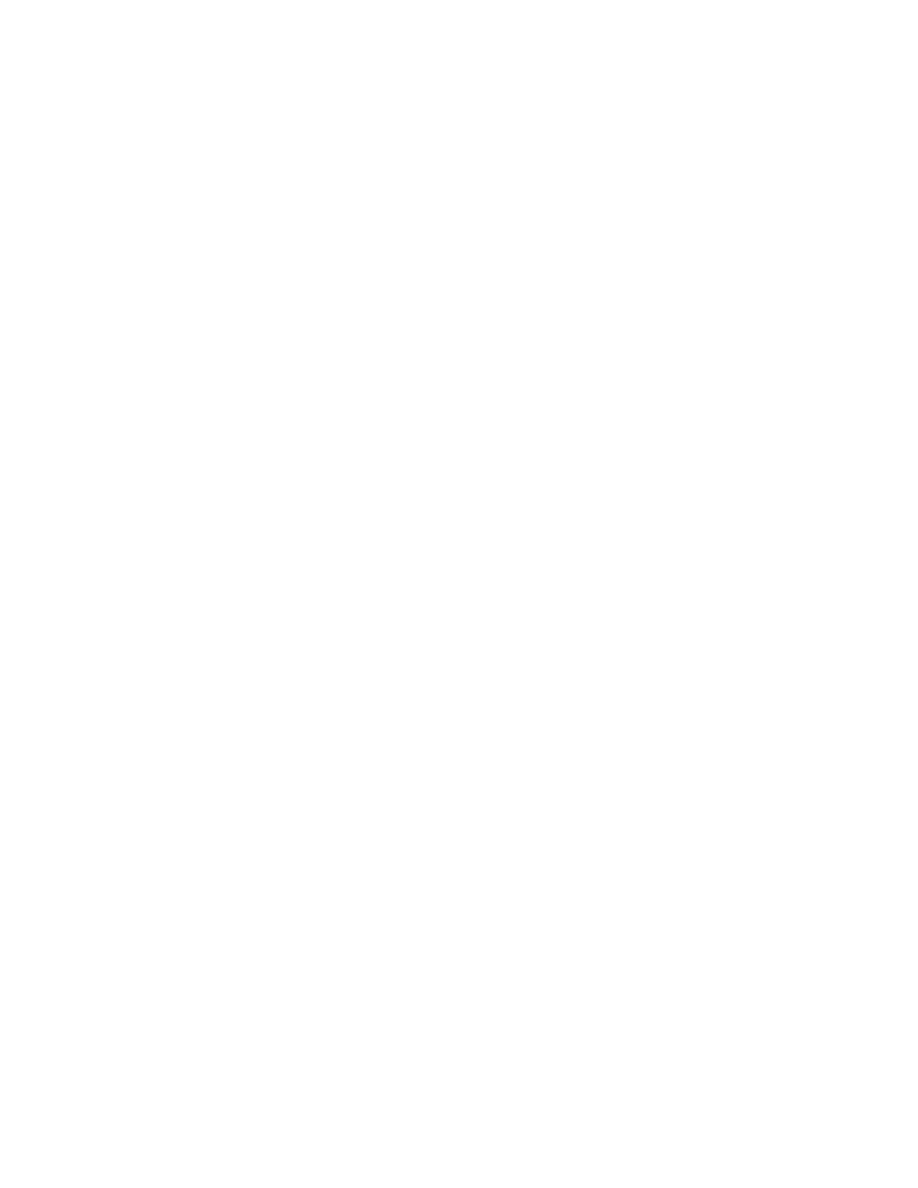
164
14 CFR Ch. I (1–1–24 Edition)
§ 21.191
(2) The aircraft is eligible for an air-
worthiness certificate, flight author-
ization, or other similar certification
in its country of manufacture.
[Amdt. 21–85, 69 FR 44862, July 27, 2004]
§ 21.191
Experimental certificates.
Experimental certificates are issued
for the following purposes:
(a)
Research and development. Testing
new aircraft design concepts, new air-
craft equipment, new aircraft installa-
tions, new aircraft operating tech-
niques, or new uses for aircraft.
(b)
Showing compliance with regula-
tions. Conducting flight tests and other
operations to show compliance with
the airworthiness regulations including
flights to show compliance for issuance
of type and supplemental type certifi-
cates, flights to substantiate major de-
sign changes, and flights to show com-
pliance with the function and reli-
ability requirements of the regula-
tions.
(c)
Crew training. Training of the ap-
plicant’s flight crews.
(d)
Exhibition. Exhibiting the air-
craft’s flight capabilities, performance,
or unusual characteristics at air shows,
motion picture, television, and similar
productions, and the maintenance of
exhibition flight proficiency, including
(for persons exhibiting aircraft) flying
to and from such air shows and produc-
tions.
(e)
Air racing. Participating in air
races, including (for such participants)
practicing for such air races and flying
to and from racing events.
(f)
Market surveys. Use of aircraft for
purposes of conducting market sur-
veys, sales demonstrations, and cus-
tomer crew training only as provided
in § 21.195.
(g)
Operating amateur-built aircraft.
Operating an aircraft the major por-
tion of which has been fabricated and
assembled by persons who undertook
the construction project solely for
their own education or recreation.
(h)
Operating primary kit-built aircraft.
Operating a primary category aircraft
that meets the criteria of § 21.24(a)(1)
that was assembled by a person from a
kit manufactured by the holder of a
production certificate for that kit,
without the supervision and quality
control of the production certificate
holder under § 21.184(a).
(i)
Operating light-sport aircraft. Oper-
ating a light-sport aircraft that—
(1) Has not been issued a U.S. or for-
eign airworthiness certificate and does
not meet the provisions of § 103.1 of this
chapter. An experimental certificate
will not be issued under this paragraph
for these aircraft after January 31,
2008;
(2) Has been assembled—
(i) From an aircraft kit for which the
applicant can provide the information
required by § 21.193(e); and
(ii) In accordance with manufactur-
er’s assembly instructions that meet
an applicable consensus standard; or
(3) Has been previously issued a spe-
cial airworthiness certificate in the
light-sport category under § 21.190.
[Amdt. 21–21, 38 FR 6858, May 7, 1968, as
amended by Amdt. 21–57, 49 FR 39651, Oct. 9,
1984; Amdt. 21–70, 57 FR 41369, Sept. 9, 1992;
Amdt. 21–85, 69 FR 44862, July 27, 2004; Amdt.
21–85, 69 FR 53336, Sept. 1, 2004]
§ 21.193
Experimental certificates: gen-
eral.
An applicant for an experimental cer-
tificate must submit the following in-
formation:
(a) A statement, in a form and man-
ner prescribed by the FAA setting
forth the purpose for which the aircraft
is to be used.
(b) Enough data (such as photo-
graphs) to identify the aircraft.
(c) Upon inspection of the aircraft,
any pertinent information found nec-
essary by the FAA to safeguard the
general public.
(d) In the case of an aircraft to be
used for experimental purposes—
(1) The purpose of the experiment;
(2) The estimated time or number of
flights required for the experiment;
(3) The areas over which the experi-
ment will be conducted; and
(4) Except for aircraft converted from
a previously certificated type without
appreciable change in the external con-
figuration, three-view drawings or
three-view dimensioned photographs of
the aircraft.
(e) In the case of a light-sport air-
craft assembled from a kit to be cer-
tificated in accordance with
VerDate Sep<11>2014
09:06 Jun 28, 2024
Jkt 262046
PO 00000
Frm 00174
Fmt 8010
Sfmt 8002
Y:\SGML\262046.XXX
262046
jspears on DSK121TN23PROD with CFR
